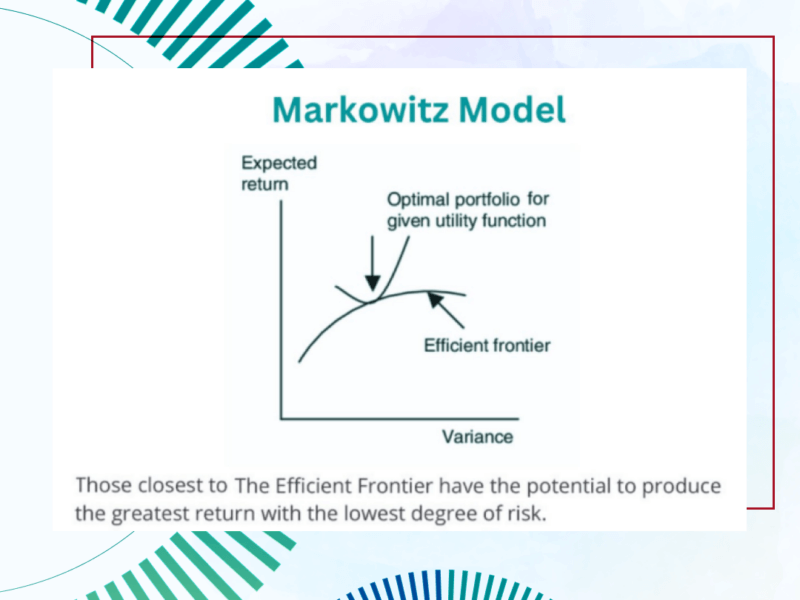Most probably you have heard of the startups that engage in seed funding or series A, B, etc. financing. Let’s look at how new businesses raise capital.
Basically, a company can raise two kinds of capital to finance its operations: debt and equity. Debt financing occurs when a company borrows money and agrees to repay it (plus interest) in the future. The most common types of debt capital are loans and bonds. On the other hand, equity is generated through the sale of shares in the business. Both types of funding have their strengths and weaknesses, a corporation determines the most appropriate combination of debt and equity.
Equity capital is raised in rounds. The rounds differ in the maturity level of the business, its valuation, the types of investors, the requirements of investors with respect to the business. Also the level of risk is different: the earlier the stage, the higher the risk of loss.
Pre-seed round
Pre-seed funding is the first step. This is the initial capital that comes from founders, friends, family members. This round is used to develop the concept, build a product prototype, and launch the business. Professional and institutional investors very rarely invest at this stage.
Seed round
This is usually the first official money a business raises. Seed funding helps finance initial steps (e.g., market research and product development). Seed financing is intended to support the business until it can generate cash on its own. The investors can be founders, friends, family. There may also be external investors looking for interesting ideas: venture capitalists, equity crowdfunding investors, government programs, incubators, angel investors. An angel investor can provide capital as well as advice.
Series A round
A series A round is the first major round of venture capital financing. To succeed here, the company must demonstrate a sustainable business model and high growth potential. Series A is used to conduct expansion plans and helps new businesses grow. Investors are looking for companies with big ideas as well as a strong strategy to transform this idea into a successful business generating long-term profits. These are large, well-established venture capital or private equity companies.
Series B round
The company has already developed a large user base and demonstrated its readiness to succeed on a larger scale. Series B financing is used to grow the business. The investors are similar to Series A with the addition of other venture capitalists specializing in later-stage investing.
Series C, D, etc.
Companies qualifying for Series C are seeking additional funding to develop new products, enter new markets or acquire other companies. Series C financing aims to grow the business as fast as possible. Series C, D, etc. are rounds of funding a company that is preparing to go public. The investors are venture capital firms, strategic and corporate investors.
IPO
IPO = initial public offering. It is offering of shares of a privately held company to the public. As the result, the shares are listed on one or more stock exchanges. A privately held company becomes a public company. IPO can be used to raise new equity capital or to monetize the investments of private shareholders such as company founders or private equity investors. To hold an IPO, businesses must comply with the requirements of the respective authorities. Going forward, the corporation can raise capital by issuing shares.
Funding is very important as it helps the business get off the ground and transform great ideas into thriving businesses. However, raising money should not be confused with making money. Going through the financing steps indicates that the company is moving forward and maturing. Nevertheless, the funding is not going to last forever. To secure its long-term existence, every business needs to generate cash and sustainable profits. There are tons of examples of much-hyped companies with sky-high valuations that raised breathtaking amounts of capital, but have never earned any profit. These companies are also not exempt from the need to provide facts demonstrating the viability of their business and justifying their exorbitant valuations.
Risk Warning: The information in this article is presented for general information and shall be treated as a marketing communication only. This analysis is not a recommendation to sell or buy any instrument. Investing in financial instruments involves a high degree of risk and may not be suitable for all investors. Trading in financial instruments can result in both an increase and a decrease in capital. Please refer to our Risk Disclosure available on our web site for further information.



Thank you, it was very interesting to read what path the company takes, from the creation of share capital to the placement of shares on the market.
The topic of investing has always interested me, so I tried to trade forex, stocks, cryptocurrency.
I had different periods, but in the end I realized that it took me a lot of time and nerves, so I decided to use buy only approach which I guess is exactly what you guys do here.
I started looking for an investment company precisely for the reason that I liked this idea and I read a lot of similar articles on the Internet.
I would probably gladly invest in some interesting start-up, but I don’t have enough money for that yet.
In fact, I was lucky that ISEC WM gives me the opportunity to start investing with little capital. I had only 2000 dollars and it turned out that this was enough to create my first investment portfolio.
Now I am starting to understand more and more in the financial world and the world of investments. I know what an IPO or venture investment is. I drew attention to such an interesting thing – the more you understand, the more money you have 😉
In fact, ISEC WM managers help me a lot, but I also understand what is happening with my assets and I know when it is necessary to revise the portfolio structure in order to have more liquid assets and have higher and more stable returns.